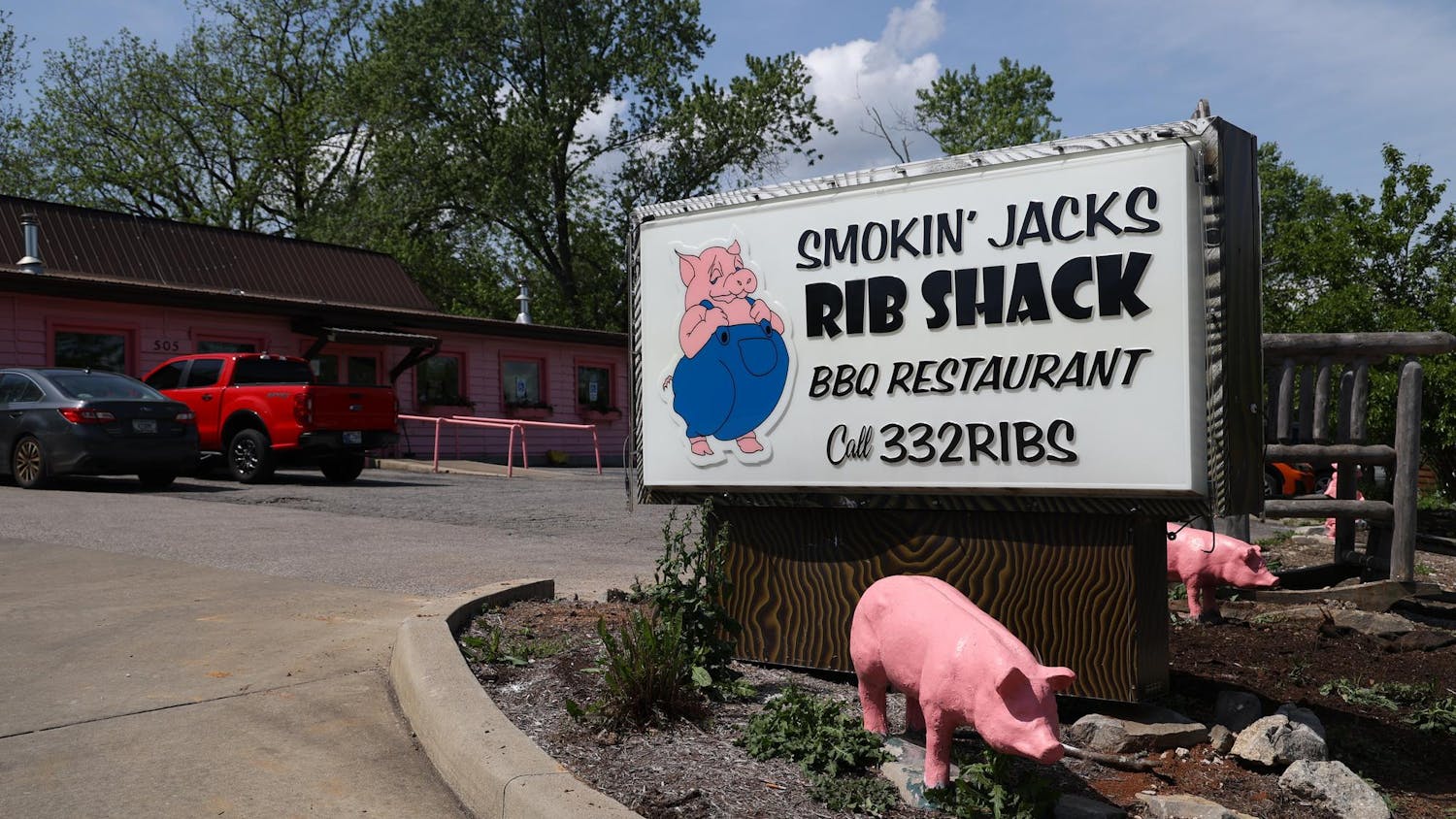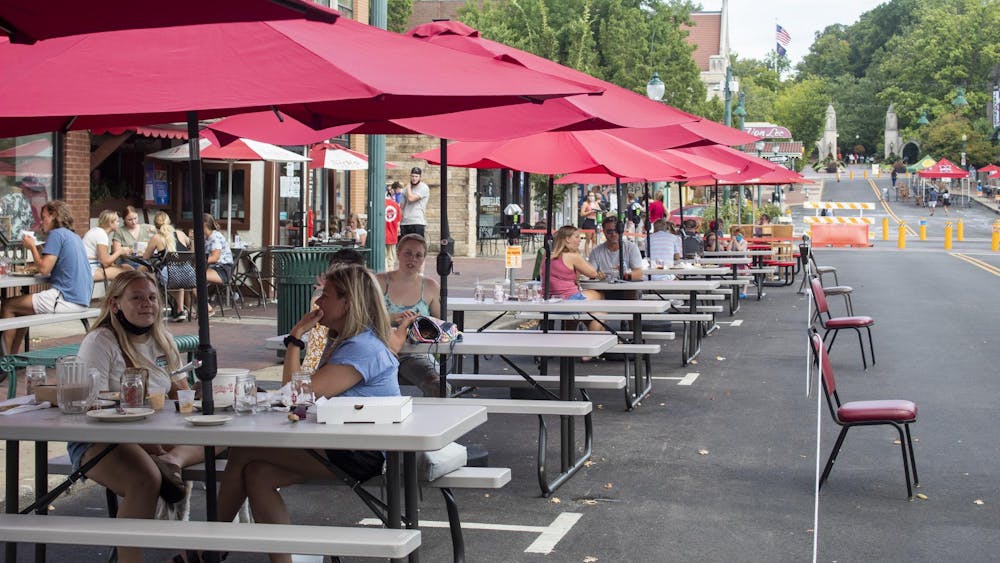If there’s one thing I can say for Egypt, politics and stereotypes aside, it’s that the food is delicious.
I hadn’t heard of most of the food I now eat daily before I came here, but I know it’s going to be a struggle to go back to American food.
I eat tamaya and fuul everyday. Tamaya is an Egyptian version of falafel made with fava beans instead of chickpeas.
Fuul is a spiced bean paste, kind of like refried beans. You eat both with flatbread similar to pita.
About once a week, I go out for koshari.
The unofficial national dish of Egypt is made with macaroni, rice, tomato sauce, lentils and fried onions mixed together in a bowl.
Here, fresh juice is common. You can order a glass of mango juice at a shop, and they’ll grind the mango right in front of you, creating a pulp that you eat with a spoon and straw.
Sugar cane juice is an Egyptian favorite.
There’s shawarma, which is comparable to a gyro, but spicier. Pigeon is a common meat. You can get essentially anything in fig flavor.
It’s all good, and it’s cheap.
The exchange rate here is 6 Egyptian pounds to $1. I eat on about $5 a day, which couldn’t even buy me one Chipotle burrito in Bloomington.
Food is one of the things I’ve enjoyed most here. It’s an integral part of Egyptian culture.
Our Arabic teachers cook for us.
Egyptians spend a huge chunk of time eating or drinking tea in cafés and restaurants. Everything seems to revolve around meals and eating.
However, because of all the eating I’ve been doing, mostly at less-than-clean eating establishments, something is now eating me.
The doctors here aren’t quite sure what.
I’ve been sick on and off for most of this trip.
They warned us this would happen before we left the States. Tap water here is rampant with sickness-causing bacteria and parasites.
The food washed in that tap water is subsequently contaminated. Things are rarely refrigerated, and meat is allowed to hang outside in the sun all day.
It’s not surprising that we’ve gotten sick.
However, most kids recovered within a few weeks.
Rather than getting better, my stomach started to swell.
I decided that it might be a good idea to go see someone about it.
For the next few days, I’m on five medications: one for parasitic infection, one for bacterial infection, one for fungal infection and the other two to reduce the swelling.
Another girl at the clinic received four types of medicine for a similar problem.
Welcome to study abroad.
The medical system here is very different from in America. I have no idea what medicines I am consuming.
When I asked, they simply said, “It will make you feel better.”
The writing on the package is in Arabic.
Back home, as you know, there are advertisements for medicine with the 20-second spiel of side effects. Doctors carefully explain the options for medicine and ask which you’d prefer.
Here, you take what you get, and you don’t throw a fit.
Of course, the doctors we visit have been approved by American University. They’re legitimate.
But I could walk into any pharmacy here and get the same drugs without a
prescription.
There’s no screening process or questioning.
The medicine, like the food, kind of feels like a shot in the dark every time.
Personally, I’m just hoping it works. They say local medicines are better cures for local illness, and my American medicine hasn’t touched this sickness.
Here’s hoping that phrase holds true.
— hannsmit@indiana.edu
Column: Fuul of parasites
Get stories like this in your inbox
Subscribe





